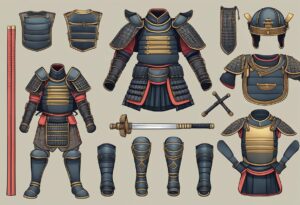Another fascinating example of the culture, Japanese color theory plunges the primary colors in to deep symbolism.
Inherited from China, the theory links colors with the five fundamental elements of nature, as well as the seasons, different directions and honorable virtues.
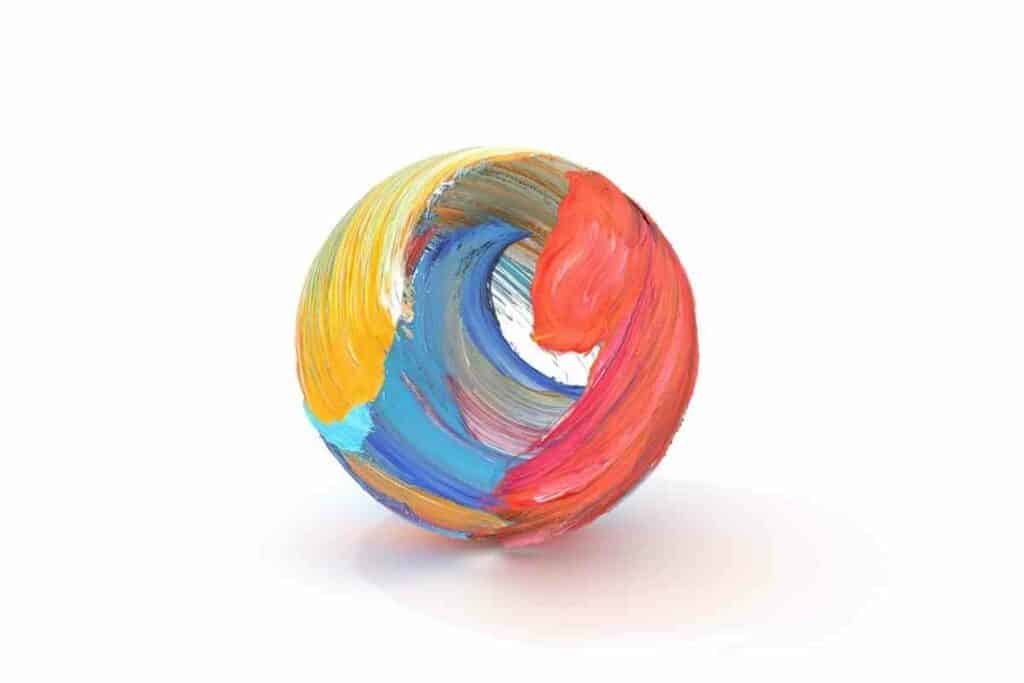
The symbolism is then used to guide the creation of secondary shades, subsequently producing subcategories of meaning as well.
Standardisation of the Japanese color wheel was conducted around 600AD and western recognition of it was as late as the mid-19th century, because Japan was largely secluded from the rest of the globe until that time.
Here, we will detail this theory of color, outlining the individual links between symbolism and the colors themselves.
What exactly is a ‘Color theory’?
In basic terms, a theory of color is something which exists in many forms and across multiple cultures throughout human civilisation.
It is a system of rules about matching, mixing and thematically categorising colors, using specific color wheels which allow creators like artists and designers, to select the best colors for their work.
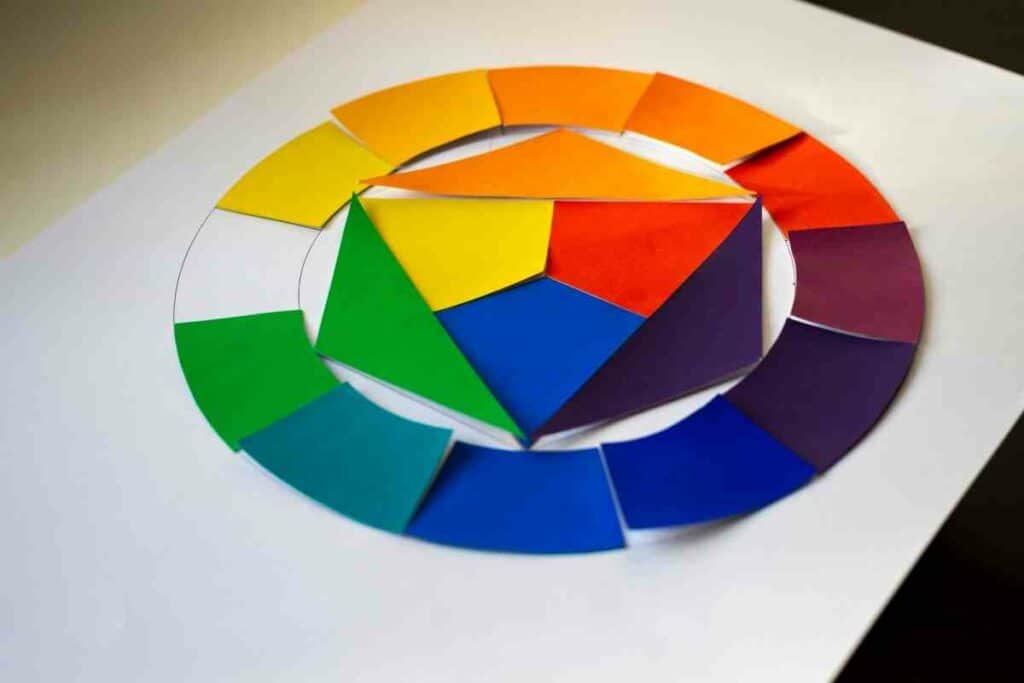
This is based on the ability and scope of the human optical range, as well as History, Culture, Psychology, Anthropology and much more.
The history of color and the various culturally specific nomenclatures which exist, make it a huge concept.
Nowadays: Color wheels are more vast and differentiated than ever before. Many hundreds of different shades exist for thousands of uses.
Booking.com
The Japanese Color Wheel
Consisting of the primary colours: Red, Yellow and Blue, as well as the neutrals, both Black and White, the Japanese color wheel spins with reference to the natural elements and is used as a tool to interpret the Japanese theory itself.
Colors connote a vast many things which vary across the globe but the Japanese attribute these primary connotations:
- Earth (Yellow)
- Wood (Blue)
- Fire (Red)
- Water (Black)
- Metal (White)
These colors were given their official, standard names by a Prince Shotooku who is famed as the pioneer of Japanese unification.
He established what is known as the Japanese ‘Cap and Rank’ system based on different colors.
The Japanese Cap & Rank System
Another aspect of culture adopted from the Chinese, the ranking of officials with the adornment of a silk hat dates back far into China’s ancient history.
The originally used Japanese system consisted of 12 levels, symbolised by 2 shades of 6 colors.
Dark and light shades of, purple, blue, red, yellow, white, and black were used to show virtue and demonstrate an official position.
Purple being ranked 1, while black is ranked 12.
What are the meanings of Japanese Colors?
No matter where you are in the world, color is used to communicate meaning.
Although there are these initial meanings attributed, there are a number of different interpretations of each color in Japan.
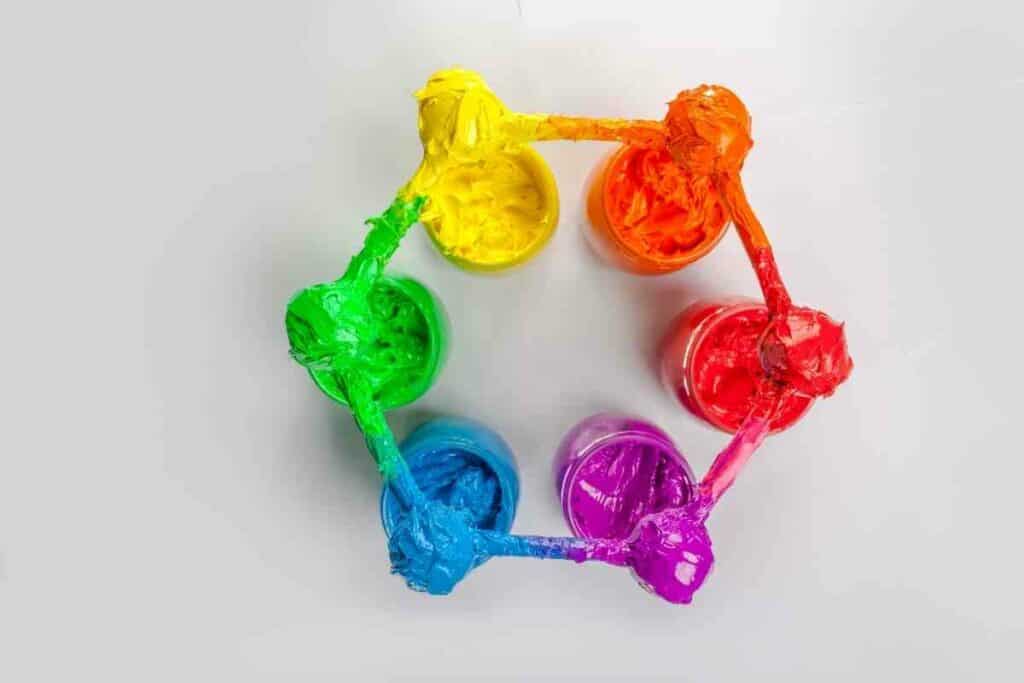
Semantics vary from island to island and some meanings overlap.
Earth (Yellow)
Yellow represents the element of Earth and the directional Center, but also encompasses links with the Sun and Summertime, along with the warmth of mid-summer, and concepts like the virtue of Fidelity.
It additionally has a connection with the notion of courage, contradictory to western interpretations in which the color is seen as something aligned with cowardice (“yellow belly”).
On the other hand, there are a number of similarities between both eastern and western meanings.
For Example – In Japan, they also personify colors to create figures of speech: Saying that someone has a yellow beak is like calling them a rookie, and a yellow voice is associated with the high-pitched tones of shrieking children and angry women.
Wood (Blue)
As well as emblematising the element of Wood, the directional East, Spring time, and Benevolence, the color Blue encapsulates Femininity and Purity across Japanese culture.
Young Japanese females traditionally wear blue to symbolise their innocence.
Kimonos are predominantly crafted in or dyed with this color, due to the fact that Blue also reflects Japanese fashion.
For example, Japanese business suits are often made in various shades of blue and students frequently wear “recruitment suits” in the color, particularly for job interviews.
It also symbolises concepts of Passivity and Calmness.
In Fact: The word for both Blue and Green (ao – 青) was used to describe both colors and the word for Green is a much more recent linguistic emergence.
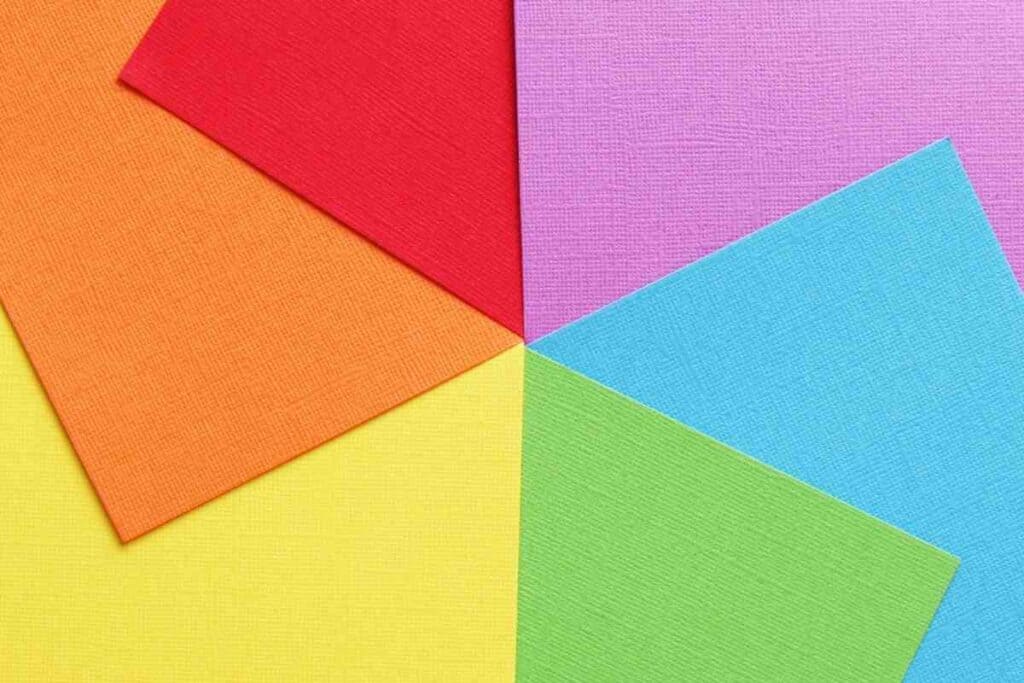
Fire (Red)
The fierceness of the color Red, transcends cultures and is always linked with Heat, Passion, Danger, and many emotions like Anger, Embarrassment and Love.
The color Red, however, runs deep within Japanese culture. Connotations include: Blood, Strength, Power, Protection, and Self-sacrifice, which correlate with cultures across the world.
Red also represents:
- the Summer
- the South
- and the virtue of Politeness
Its appearance in the national flag (Hinomaru (日の丸) is symbolic of the Sun.
Its name literally translates as ‘sun’s circle’; just as ‘Japan’ translates as ‘land of the rising sun’.
The most common shade of many, which has been used throughout Japanese history, is that of the Safflower.
Dyes made in Safflower red, have been used in garments, lipsticks, paints, dyes, and many other things for over a thousand years.
Water (Black)
Black is not just linked to the element of Water, but it also links to the North, Winter and Wisdom.
Emblematic of Masculinity, Black is attributed to the hegemonic male in Japanese society.
Jet black kimonos are traditional among Japanese men and the color is also linked with the concepts of Honor and Enlightenment.
It is a color worn by Shinto priests whose heads are adorned with black caps.
Unsurprisingly – Tattoos have traditionally been black in Japanese culture from as early as the Nara period (710-794 AD) and this predates even the use of black ink for Writing.
It is associated with the Samurai and the Yakuza, as it is with many variations of mafia throughout the world.

Oddly, there is even an ancient Japanese tradition known as ‘o-haguro’, which is the practice of dying one’s teeth black.
It was considered beautiful at one point in Japanese history.
Metal (White)
Symbolic of Metal, White is a symbol of Purity and Innocence – again, like Red, its meanings transcend culture, history, and time.
It additionally connotes the West, the seasonal Fall, and the virtue of Justice. Aside from the black cap, Shinto priests are adorned completely in the purity of White.
Intrinsically linked with the spirit in Japanese culture, the neutral noncolor that is White was traditionally used to represent mourning and grief.
It was once used at Japanese funerals until Japan became more westernised and aligned itself with the western tradition of wearing Black.
Secondary Colors of Significance
Many other colors now have significant links with specific concepts.
Green, for example, is an incredibly popular and symbolic color.
Existing in numerous shades, it is emblematic of Matcha green tea – Japan’s favourite hot beverage.
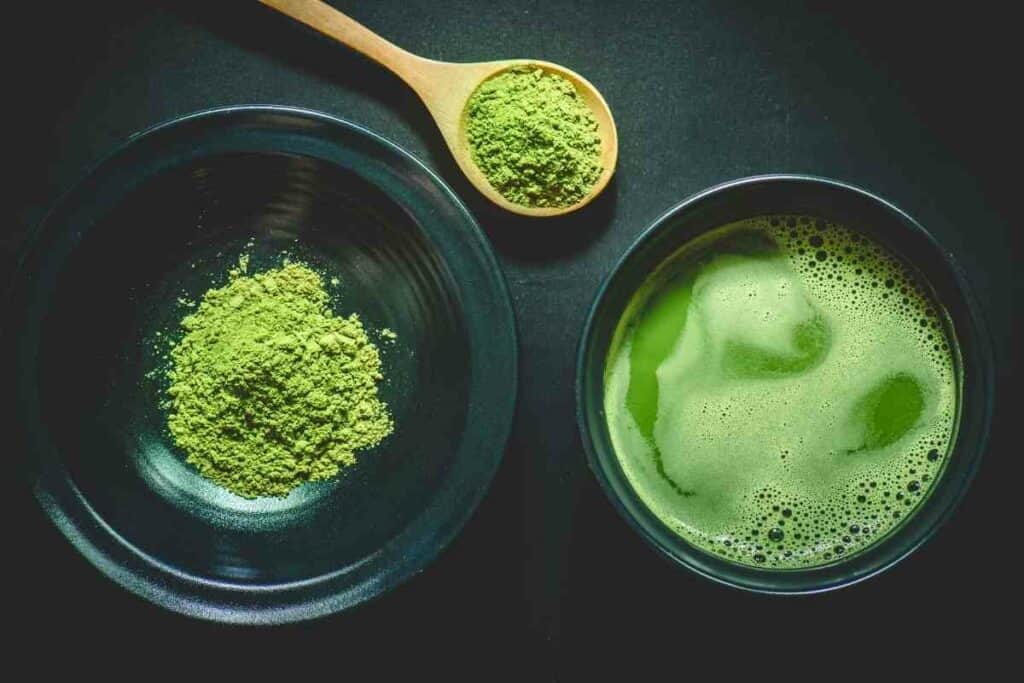
As well as this, it represents Eternity, Life, Vegetation, Vitality, and a plethora of other meanings.
Purple, has a number of links but even those which correlate with western interpretations.
Royalty is linked with this color across the globe; majestic and spiritually linked with divine rule.
In Japan – Purple is also worn by the rich and upper-classes, to symbolise both Wealth and Prestige.
Finally, Pink also holds great significance in Japanese culture: in fashion, in painting, in art, and in design, among other areas.
Being the dominant color of springtime Japanese landscapes, thanks to the fields of blossoms, Pink represents Happiness, Youth, and new beginnings.
Final Thoughts
A form of communication, uses and interpretations of Color are shared by every society and individual on the planet.
Color theory gives us an insight into various cultures, it allows us to effectively and efficiently convey meanings without the need for verbalisation; it even affords us the ability to peer into the depths of the Universe and recognise a small amount of what we see.
With all the varying shades of colors that exist, it would be difficult to present all their meanings without writing an entire book.
Suffices to say, Japanese color theory is a somewhat significant aspect of the culture.
Many colors hold special importance in Japanese society, as with every society across the world.
It is something unifying.
Read Next
- 12 Things Tourists Should NEVER Say in Japan
- Kissing Robot: Exploring the Popularity of the Chinese Kissing App
- Unlocking the Secret Dating Rituals Only Locals Know in Japan
- Samurai Armor: Ancient Protection for Japan’s Elite Warriors
- 10 Amazing Facts About Schools in Japan: Unique Traditions and Educational Practices
- Where can you see snow monkeys in Japan: Best locations and viewing tips




